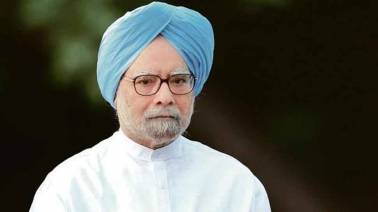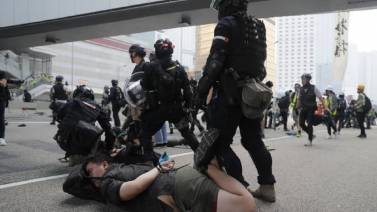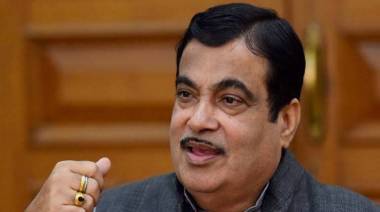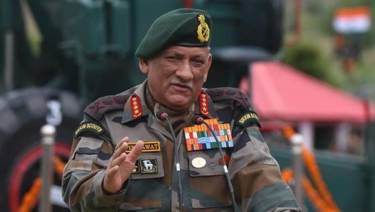Hong Kong on Edge
Publish On: 13 Aug, 2019 10:17 AM | Updated |

Protests broke out in Hong Kong two months ago when local authorities proposed a Bill that would have allowed them to extradite suspects to places with which the city doesn’t have extradition treaties, including mainland China. The people started holding protests against the bill and also against the will of mainland China.
The Bill was suspended amid public anger and was put on hold, but the protests, now entering the tenth week, continue to rock the city, affecting the economy and setting off an unprecedented political crisis.
The once peaceful protests have escalated into a stand off between the citizens and the government. The police have tried several tactics to rein in the protesters and restore normalcy in the city, a major Asian financial hub and business centre.
They have fired tear gas shells and rubber bullets. Dozens have been arrested, some on riot charges. Still, the city has been on a standstill. Several cases of police brutality have been reported with violent clashes happening all over the city. Public transportation is hit. People, from construction workers to teachers and lawyers, have joined the demonstrations. It has become an international fiasco with criticism coming from all over the world against HK government.
The protesters ransacked the local legislative council building and occupied parts of the airport, which led to the cancellation of several flights and eventually led to the grounding of all flights in the busy airport.
Graffiti appeared across the city calling for “a revolution” and “liberation” of Hong Kong. Despite warnings from both the city government and Beijing, the protesters don’t seem to be in a mood to leave the streets. HongKong’s autonomy is at stake as the youth and professionals spearhead a revolution movement against the control of mainland China.
It is no longer about the extradition Bill as a leadership-less group keeps coming up with new and varied demands. Carrie Lam, the Chief Executive of Hong Kong, has said the Bill is dead. The protesters first wanted the city government to formally withdraw the Bill.
Then they wanted Ms. Lam, the architect of the Bill, to go. The protestors eventually raised their demands as the movement spread and now want reform in the government to reduce whatever control China had over the city.
Now, the protesters say they won’t end the rallies even if Ms. Lam quits. They have made a host of demands — withdraw the Bill, order an independent probe into the clashes between protesters and police, drop all charges on the arrested protesters and start the process to reform the electoral system.
Ms. Lam, perhaps wary of being seen to be weak in the face of mounting pressure, has ruled out any more concessions and is maintaining a stand against the protests which is further increasing the field. For her, the top priority is to restore order, while Beijing, with its patience wearing thin, has hinted that it could interfere to end the crisis. Both the city government and the protesters share responsibility for the crisis Hong Kong is in today.
Ms. Lam could have officially withdrawn the Bill instead of merely pronouncing it dead which would have calmed the protests and prevented it from being blown out of proportion.Her reluctance to do so even after the Bill was suspended only fanned the flames. The protesters on the other side took an excessively provocative path when they ransacked the city Parliament and attacked the police.
What could have been a peaceful protest against an extradition Bill led to the biggest political crisis Hong Kong has seen since it was handed over to China by the British colonialists. At least now, the focus of both the local leadership and protesters should shift to finding common ground and a peaceful settlement. It’s in everyone’s interest to arrest the slide of Hong Kong and undertake measures to solve the crisis at hand without increasing violence.
© 2019 - All Rights Reserved By Shivalik Journal
Designed and developed by Bharat Arpanet















